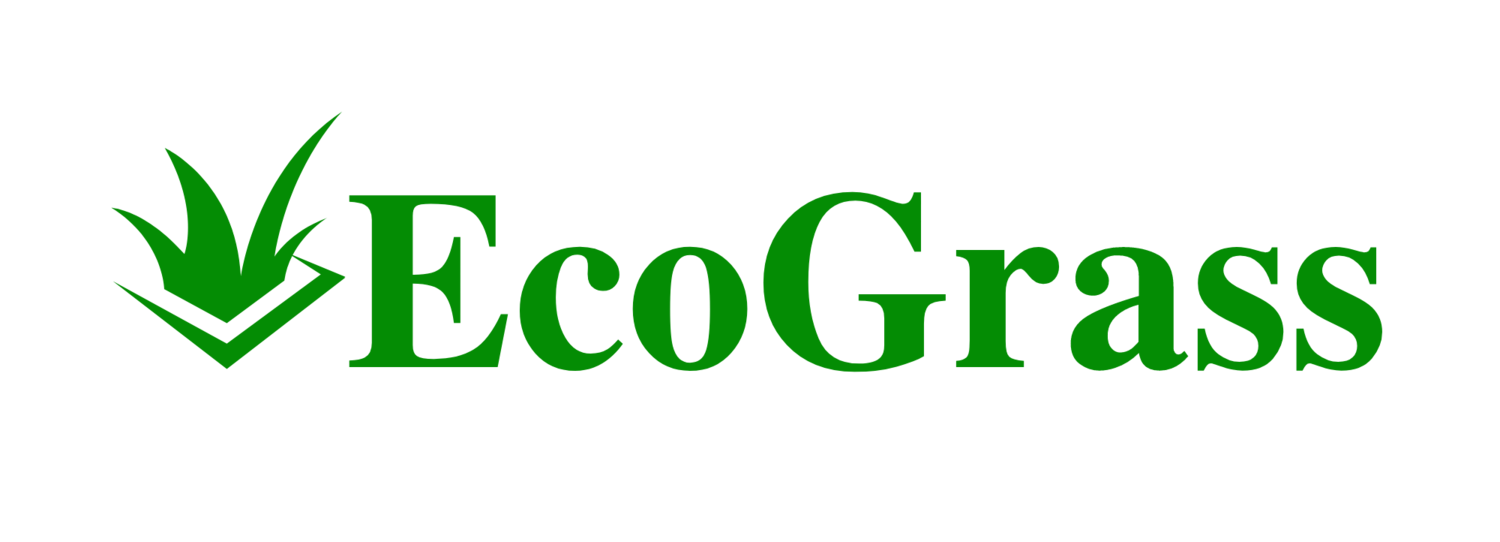You love the look of a lush, green lawn, but you’re tired of mowing, watering, and patch-repairing it. “Is artificial grass worth the investment?” sits at the top of your mind because you want to know whether a one-time expense today will actually save you time, money, and frustration tomorrow. In this guide you’ll get clear numbers, practical comparisons, and an honest look at the pros and cons—so you can decide with confidence.
What “Worth the Investment” Really Means for You
When you weigh any major purchase, you’re balancing three factors:
Upfront outlay – the money you spend on materials and installation.
Ongoing costs – what you’ll pay (or save) each month or year.
Non-financial value – time, convenience, environmental impact, and curb appeal.
Artificial turf touches all three, so your verdict should reflect more than dollars alone.
| Expense Category | Typical Range (per sq ft) | What Affects It? |
|---|---|---|
| Turf product | $2 – $6 | Pile height, fiber shape, UV resistance |
| Base prep & infill | $3 – $6 | Soil condition, drainage needs, infill material |
| Labor | $2 – $5 | Site complexity, access, crew expertise |
For a 1,000 sq ft yard, you’re looking at roughly $7,000 – $17,000 installed.
Cost-Saving Tips You Control
Combine projects (irrigation removal, grading) while the crew and equipment are on-site.
Choose mid-grade turf with a solid warranty rather than premium sports-field product you won’t truly use.
DIY prep if you’re handy—digging out organics and laying the base can trim labor costs dramatically.
Hidden Savings You Start Seeing in Year One
After installation, you stop paying for:
Watering: The average U.S. homeowner uses 9,000+ gallons of water yearly on lawn care. Eliminate that and pocket roughly $400–$600 every year (more in drought-prone regions).
Mowing & edging: Whether you pay a service or maintain equipment yourself, expect to save $600–$900 annually.
Fertilizers, herbicides, seed, and pest control: Cut another $150–$300 per year and reduce chemical runoff.
Patch repairs & sod replacement: Natural lawns wear unevenly; reseeding adds up fast.
Combined, many households recoup $1,200–$1,800 in the first 12 months alone.
Long-Term ROI: Your 5-, 10-, and 20-Year Outlook
Most residential turf carries a 15- to 20-year manufacturer warranty. Run the math for that same 1,000 sq ft yard:
| Years Owned | Cumulative Savings* | Net Position vs. $12k Install |
|---|---|---|
| 5 years | $6k – $9k | –$3k to –$6k (still paying off) |
| 10 years | $12k – $18k | Breakeven to + $6k |
| 15 years | $18k – $27k | + $6k to + $15k |
| 20 years | $24k – $36k | + $12k to + $24k |
| *Savings figures are cumulative estimates combining reduced water, fertilizer, and maintenance costs. | ||
By year ten you typically break even; every season after that puts money back in your pocket.
Quality Factors That Influence Your Payback
Fiber technology: Look for UV-stable polyethylene or nylon blades to prevent fading.
Backing & drainage: Permeable backings drain 30+ in hr of water, preventing puddles and odor.
Infill choice: Rounded silica sand costs less; antimicrobial or cooling infills cost more but can add comfort and hygiene.
Professional installation: Proper compaction, seam tape, and edging stop weeds and wrinkles that might otherwise shorten lifespan.
Paying a little more for certified installers often yields lower maintenance and longer service life—boosting ROI.
Environmental and Lifestyle Dividends
Water Conservation
You conserve tens of thousands of gallons annually, a powerful benefit in drought-restricted areas.
Reduced Chemical Runoff
No fertilizers or weed killers means fewer pollutants entering local waterways.
Time Back in Your Schedule
Reclaim your weekends—no mowing, aerating, or seasonal reseeding.
Year-Round Curb Appeal
Your lawn stays green through winter snow or summer scorch, boosting property value and creating an inviting outdoor space for gatherings.
| Drawback | How It Affects You | Smart Fix |
|---|---|---|
| Upfront cost | High single payment | Financing, phased installation |
| Heat retention | Surface gets hot under direct sun | Cooling infill, periodic rinsing, strategic shade |
| Surface hardness over time | Compacted infill can firm up | Regular brushing, adding fresh infill |
| Limited biodiversity | No habitat for soil organisms | Install planter beds and native shrubs nearby |
By planning for these issues upfront, you preserve both comfort and value.
Calculating Your Personal Break-Even Point
Add annual natural-lawn expenses. Include water, lawn-service fees, repairs, and supplies.
Subtract any ongoing turf upkeep. (Light brushing and occasional infill top-ups usually total <$100/year.)
Divide your installation cost by net annual savings.
Example: $12,000 ÷ $1,500 = 8-year break-even.
Factor in lifestyle value. Time saved, reduced stress, and weekend freedom might shorten the “feel” of payback even more.
Making the Call: Is Artificial Grass Worth the Investment for You?
When you line up the numbers, most homeowners see artificial grass pay for itself in under a decade and deliver five-figure savings over its warranty lifespan. Add the bonus of water conservation, a consistently gorgeous yard, and extra free time, and you may decide the investment is not just worthwhile—it’s a game-changer.
Ready to crunch your exact numbers and visualize a maintenance-free landscape? Measure your turf area, tally current lawn costs, and reach out to a reputable installer for a tailored quote. Your greener, cleaner, worry-free lawn could be only one smart investment away.

